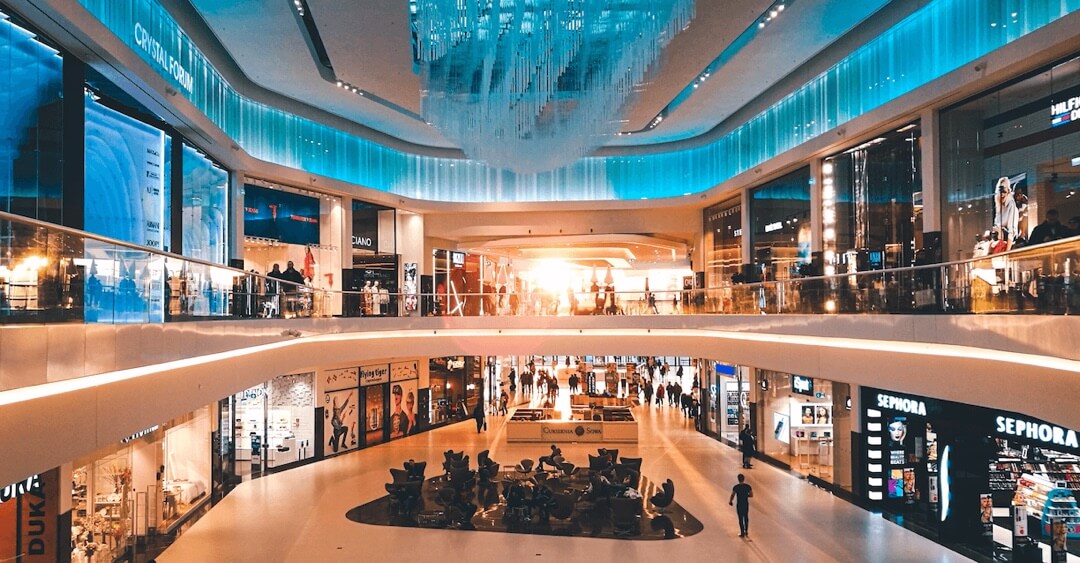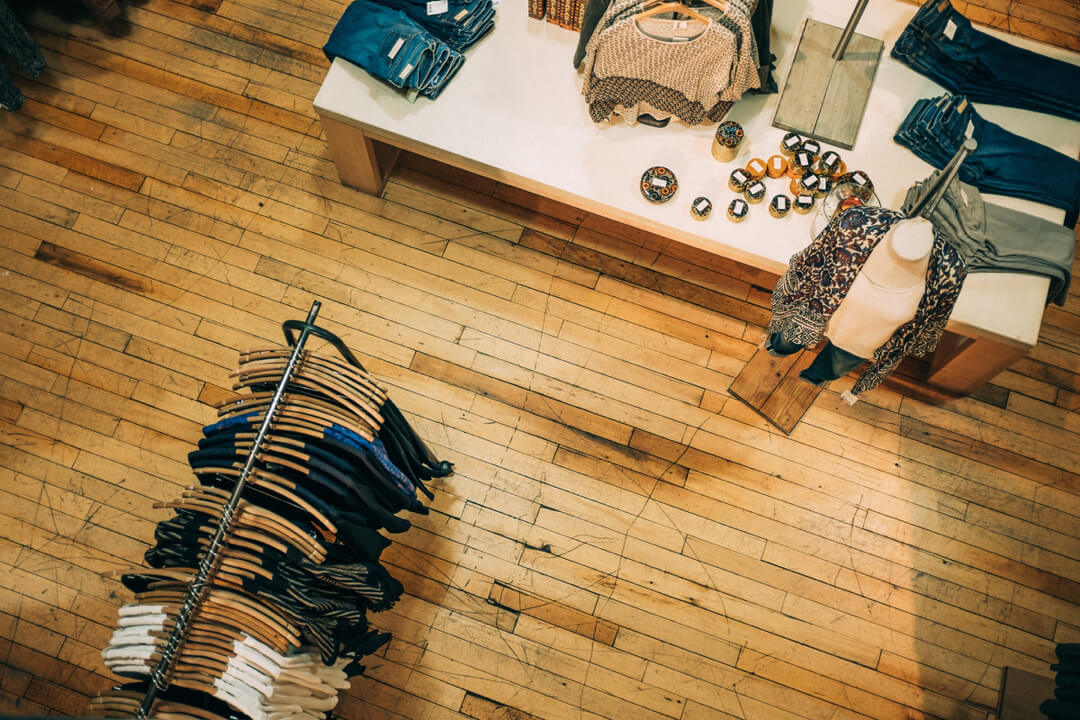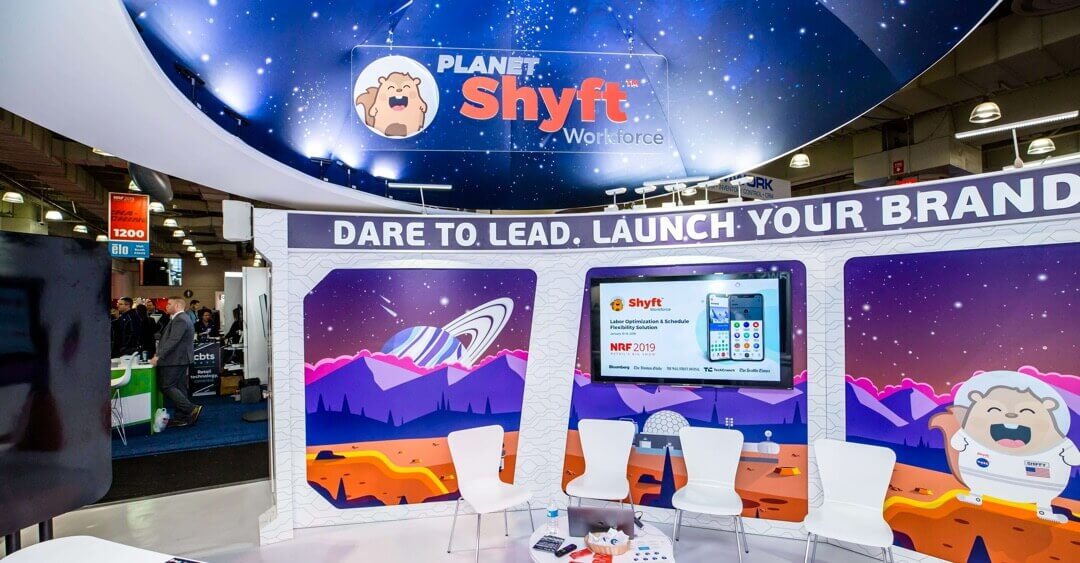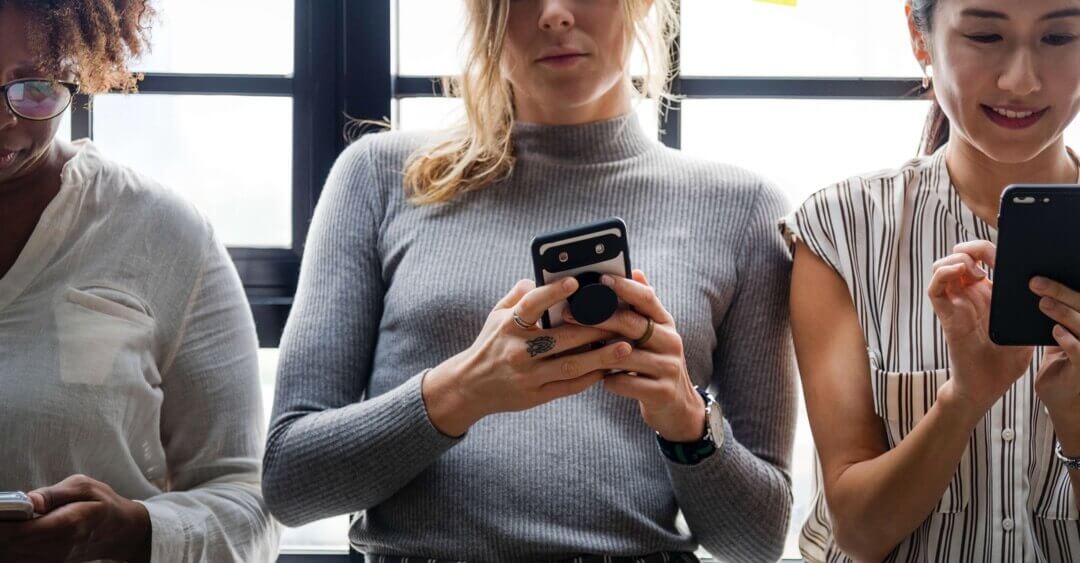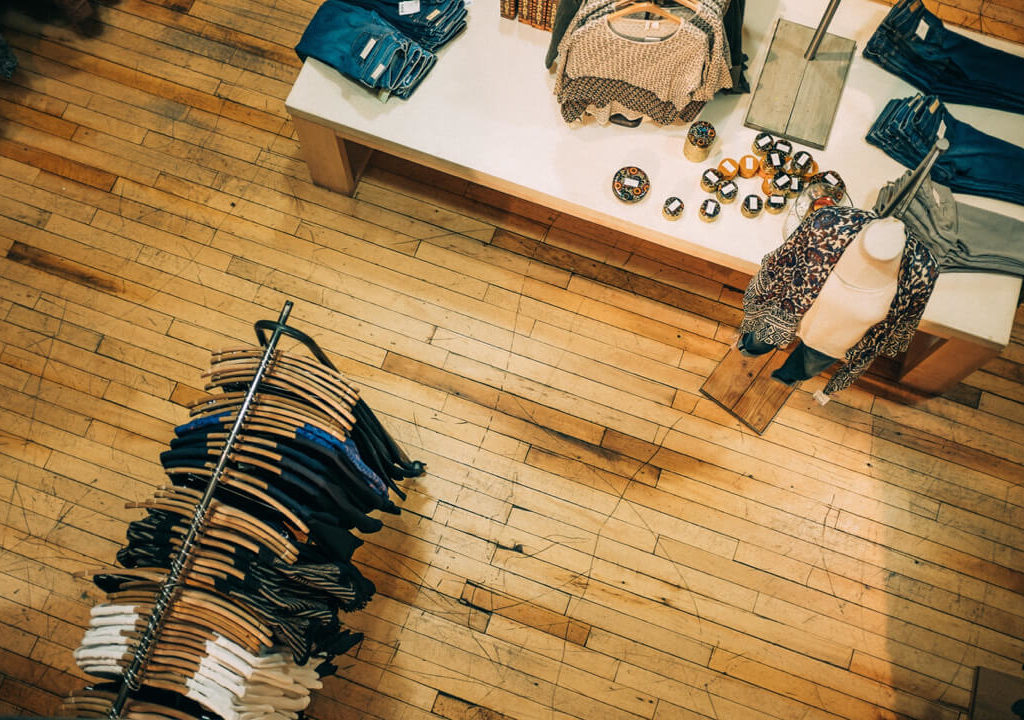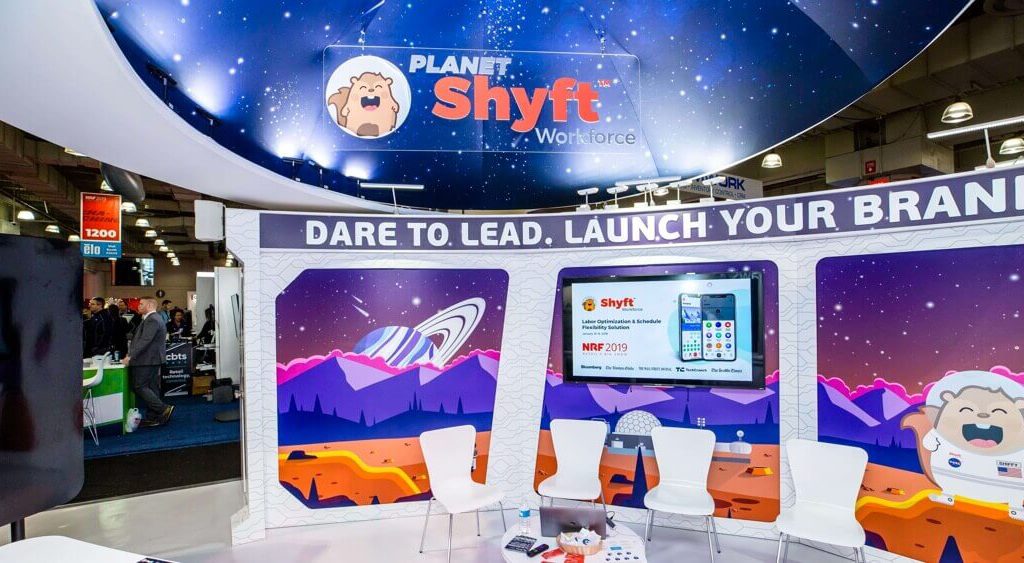Over the past 12 months, Shyft has conducted multiple studies of our end-users and corporate
Here are 5 tips that we want to highlight as keys to success when optimizing your retail workforce! Adopting these best-practices will help transform your store and transform it fast.
1. Raise the Bar for Recruitment and Retention
Again and again, what we hear most from retailers that are lauded for their high level for customer service, is that they go above and beyond to hire and retain the best people. Here’s an important way to look at it: as the long-standing go-to employment opportunity for high-school and college students, retail gets the first crack at some of the best talent in the country.
But turnover is an age-old challenge in retail, and the numbers are quite staggering. Bloomberg notes a few key figures:
- Turnover in the retail sector is 5% per month.
- The average retail salary is $10.16 per hour or $21,140 annually.
- The cost of replacing an employee is about 16% of their annual wage, or nearly $3,500.
- Using this logic, a retailer with 50,000 frontline employees could be losing over $100 million annually due to employee turnover.

There are many traditional remedies for boosting recruitment and retention — using assessment tests for soft skills, asking team members for referrals — but the topic of flexible scheduling is one that often gets overlooked.
As the Focus on Workplace Flexibility study from the Sloan Institute on Aging and Work reports, both formal and occasional use of flexibility is positively associated with perceived flexibility, employee engagement, and expected retention.
In short, by offering flexibility, you expand the talent pool.
When we look at the data coming to us from the hiring sector in retail, this starts to becomes clearer. WorkplaceFlexibility.org cites a recent survey in which 84% of millennials said they want more work-life balance, and 67% said they wanted flexibility in order to spend more time with family.
Millennials are a usual suspect, but SHRM instead attributes this need for flexibility to the unusually high percentage of part-time workers that make up the retail industry. And it’s important to note, these are part-timers by choice.

“The retail industry is a great home for people who want part-time or flexible work,” says Evan Armstrong, VP of government affairs at the Retail Industry Leaders Association. “There seems to be a perspective that a person working part-time in retail is stuck there or forced to do it, when in reality a lot of retail workers want those part-time flexible roles because the job fits into the rest of their lives.”
Overall, the segment of workers seeking flexibility is large in scope: millennials, Gen Z, perennial part-timers, parents seeking better work-life balance, new mothers who need flexible hours, and baby boomers who may be looking to exit the full-time workforce. By acknowledging this need and giving employees a means to manage and enhance their flexibility, retailers will be
2. “High-touch” Employees Need “High-touch” Engagement
Whether it is a member of the supply-chain who is double- or triple-checking an order before it is sent out, or a salesperson who helps a customer pick out an outfit and follows up with a text message to make sure they were satisfied; any way you slice it — employees who have high goals to deliver on customer satisfaction should reasonably expect a reciprocal investment from their employer.
For managers, this could be multiple 5-minute team stand-ups during the day, engaging while on the floor, but it also could mean using the mobile tools that are at their disposal. The Shyft app provides a team tab, which allows for newsfeed posts for bulletin board items like sales promotions, in-store events, administrative and safety notices to be distributed seamlessly to your whole team. It also allows direct messaging within the app to employees or groups of employees who might need additional attention.
Critical feedback, acknowledging accomplishments and extra encouragement help to harmonize the workplace and can let team members know they’re a part of something special.
In this vein, retailers have also demonstrated a sense of responsibility and pride in the long-term life skills and career pathing that they are providing to their employees. In a demonstration of this commitment, Gap Inc. recently launched its This Way Ahead program, a life skills and job readiness program, to help youth between the ages of 16 and 24 who are from low-income communities land their first job.
“We believe in the universal power of a first job,” said Brent Hyder, Executive Vice President and Chief People Officer for Gap Inc. “For Gap Inc., this program is a valuable talent pipeline of future employees and it helps us to build stronger relationships with our communities and customers. This Way Ahead isn’t just the right thing to do, it’s the smart thing to do.”
3. More Feet on the Floor Leads to Higher Conversion
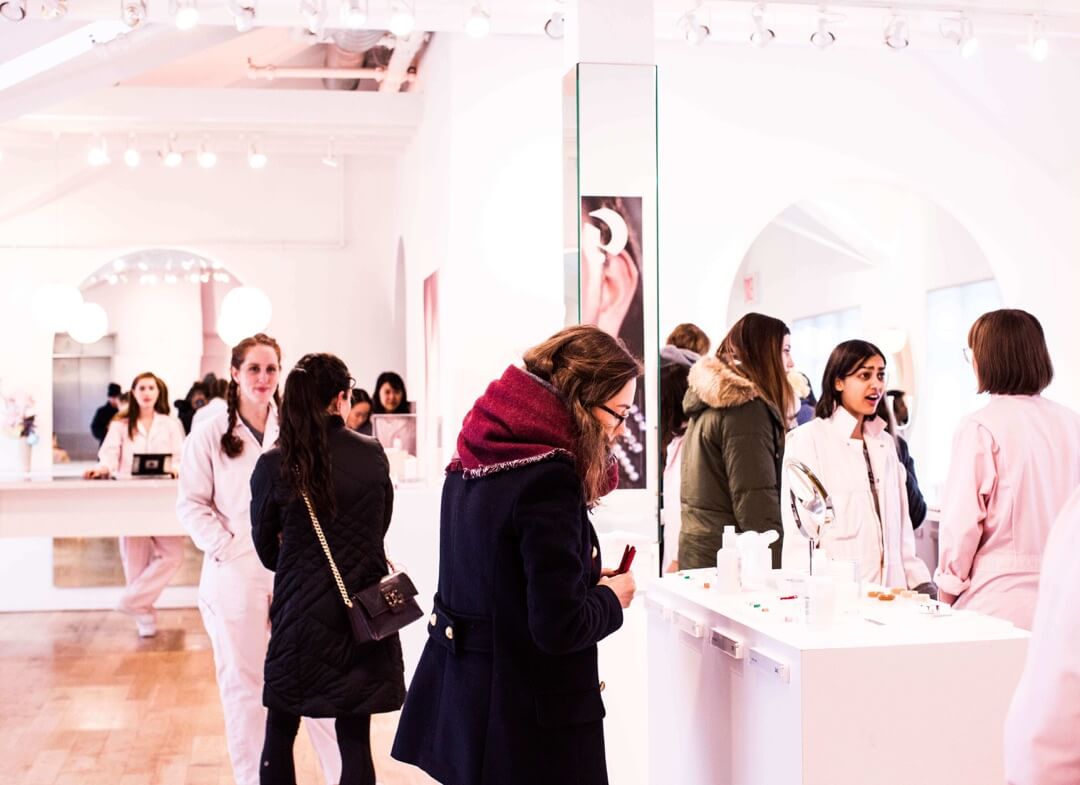
With the majority retailers of we’ve spoken with, this hypothesis is one of the least controversial, and recent reports in the field support this. In a recent study by RSR Research, 73% of retailers stated that despite the current state of the industry, they will be increasing spending on hiring more associates for the retail floor in the coming year. And as a recent Wall Street Journal article reports: the more time that a customer is in the store, the more they spend.
How do shoppers spending more time in the store relate to having more employees on the floor? Francesa Nicasio of VendHQ notes what American Eagle is doing, “Walk into any AE shop, and you will be greeted by someone who ‘just happens’ to be folding and tidying up near the front. American Eagle’s method can seem less intrusive and could fit your branding.”
Francesa also notes that at REI, the strategy is to immediately orient the customer: “Whenever a customer walks in, they inquire about what the customer needs to do or which type of product they’re looking for. The associate then tells them exactly where they need to go, and even communicates with the rest of the floor to send a staff member that way if the customer needs help.”
4. Fun is the Core of the Retail Experience
With the rise of Amazon as an online retail behemoth and constant talks of the

Bryan Pearson, a journalist with Forbes, says retailers need to focus on making shopping fun again by making it a game. “Sur la Table offers cooking classes, REI has its rock walls for climbing and the craft store Michaels provides a range of free classes including jewelry making and cupcake decorating,” he writes. “And for kids, there’s the Lego Store, where young ones (and their adults) can spend hours building imaginary creations.”
Much has been said about Sephora’s ability to thrive via a major experiential push at their 2,300 stores. The innovations are almost too many to count. They offer a Sephora Visual Artist app, allowing customers to try hundreds of different shades of makeup
Nordstrom is another innovative brand on the growing list of retailers bringing new concepts to market. This year they’ll add two new Nordstrom local stores, which will not carry inventory. Rather, these stores will focus squarely on customer experience. While customers can conveniently come in to pick up their online or digital orders, the stores will feature a nail salon, a bar stocked with beer and wine, and most importantly: a seamstress and ample fitting rooms.
5. Empower Staff with Incentives, Create Specialized Employees
Best Buy has its Geek Squad, Apple has its Genius Bar, Trader Joe’s has their Mates — these are great examples of retail employees having a level of specialization that begets a whole separate title from the other associates at the store. These experts and gurus drive more customer experiences like live demos and events, additional support and service, and often create a long-term relationship between the customer and the brand.

Just as important, these employees are
But these types of specialization don’t always have to be so overt. As Jonathan Hogan of New Balance reports about his salespeople at Dick’s Sporting Goods stores, “We want [the associates] to become brand ambassadors,” Hogan said. “They buy that shoe, they then run in it, they walk in it—they can relate to a consumer when they come in.”
In cases like these, investment in higher training with everyday associates transforms them into spokespeople for the brand and can mean the difference between winning and losing a sale.
We hope you enjoyed reading our 5 Tips for Optimizing Your Retail Workforce! Nearly all of the topics covered — whether it’s attracting and keeping talent, empowering your staff, or keeping more feet on the floor — are helped dramatically by rolling out Shyft (App Store, 4.7 Stars, 7.8k Ratings; Google Play, 4.5 Stars, 1.4k Ratings). Our Retail Case Study shows that 30% of managers report the app saves them 4 or more hours a week, and 97% of users report they love
Drop us a line below if you’re interested in hearing more about how the Shyft app has worked for enterprises at the national level and could work for your brand — our business team would be delighted to meet you. It’s a good bet that we have existing data that can help in your scenario.
